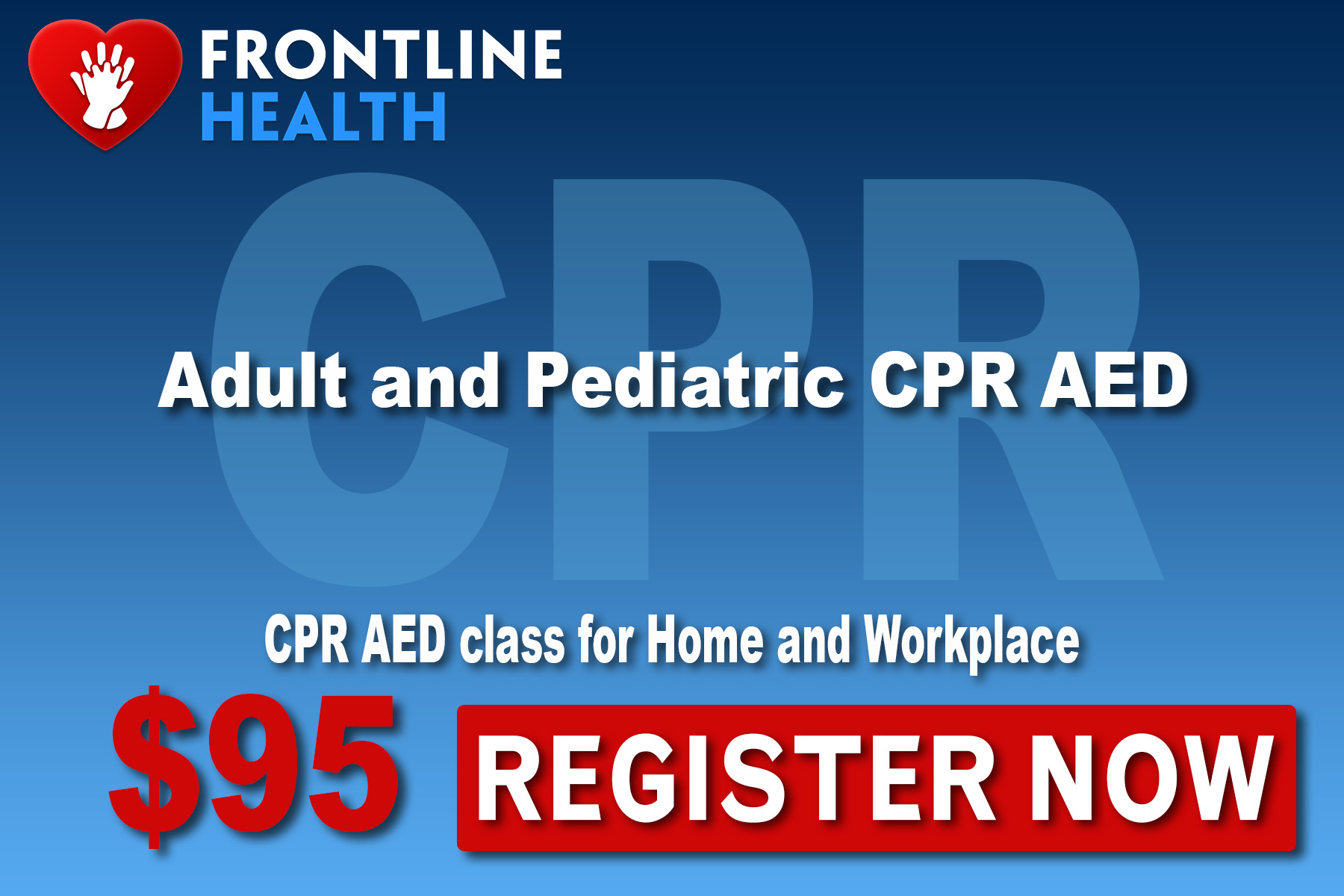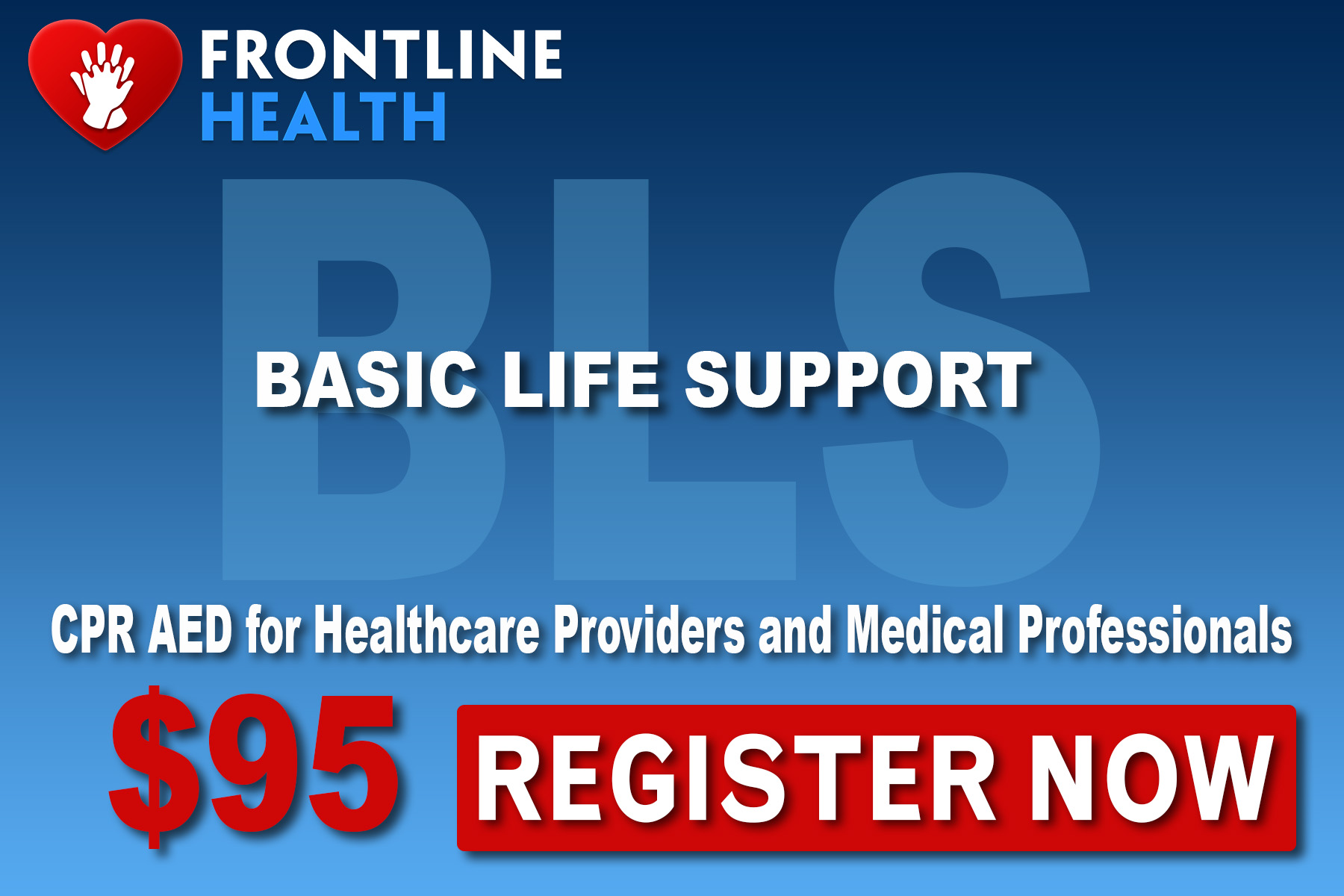The Difference Between Adult and Pediatric CPR
- Mar 11, 2021
In a cardiac emergency, all it takes is one person to step forward and decide to take action. This quick thinking can mean the difference between life and death for unresponsive victims. While CPR is a relatively straightforward method that people can learn quickly, it is not one-size-fits-all in the real world. Here is the difference between adult and pediatric CPR.
Adult Cardiopulmonary Resuscitation
Cardiopulmonary resuscitation—or CPR—is a combination of 30 rhythmic chest compressions and two rescue breaths. CPR involves using both hands to compress the center of the chest at least two inches deep at a rate of 100 to 120 compressions per minute in order to physically stimulate the heart. Give rescue breaths with just enough air to make the chest start to rise.
Pediatric Cardiopulmonary Resuscitation
With children and infants, you must do the same actions with only slight variations. For children ages one year to puberty, you compress the chest with one or both hands—whichever allows you to compress to a depth of about two inches. Don’t be afraid of pressing too hard. You should only use two or three fingers and compress to a depth of about 1 ½ inch for infants under one year old. Rescue breaths should involve less air since their lungs are smaller. You use the same ratio of compressions to breaths and rhythm as you would for adults: 30 chest compressions at 100–120 compressions per minute, followed by two small breaths.
Why These Differences Exist
Obviously, a fully developed adult body differs significantly from that of a child. Not only are they different in size but also weight and bone density.
While adult and pediatric CPR both require chest compressions and rescue breaths, their application differs slightly. It is essential to know the difference between adult and pediatric CPR so that you can offer lifesaving aid in an emergency. Sign up for our hands-on CPR AED certification in NYC today to learn more about CPR and how to administer it correctly. If you have any questions, our team at Frontline Health will be more than happy to help.




